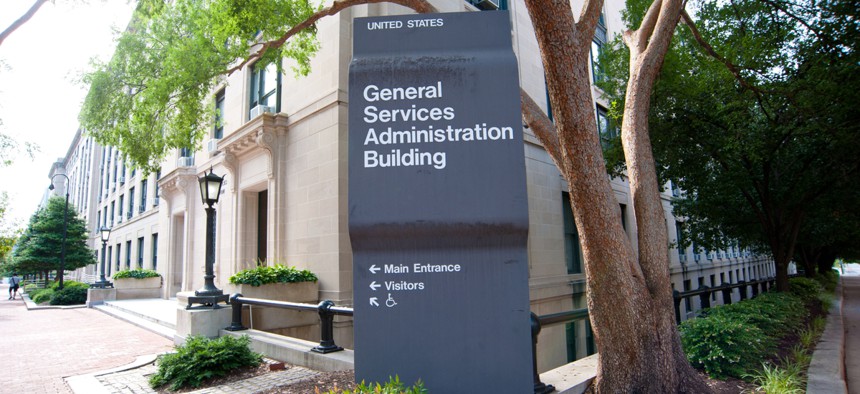GSA Wants to Know What Tech to Include on New Small Business GWAC: Polaris

Rena Schild/Shutterstock
Officials are working on the proposed replacement to Alliant 2 Small Business and put forth several ways for stakeholders to provide feedback.
The General Services Administration has big ideas for its new governmentwide small business IT contract but wants to know exactly what kinds of emerging technologies people want to see among the offerings.
GSA is developing Polaris as the spiritual successor to $15 billion Alliant 2 Small Business, which the agency abruptly canceled in July after years of protests, re-awards and more protests. At the time, officials said a replacement contract vehicle was coming, though they provided few details.
The first look at the new contract, dubbed Polaris, came in late August, followed by some early industry outreach.
“Polaris is also known as ‘The Guiding Star’ in the night sky,” Laura Stanton, assistant commissioner for the Office of Information Technology Category, wrote in a recent blog post. “Polaris will not only guide small businesses through the federal market, it will also help GSA customer agencies through the acquisition of IT service-based solutions, and give GSA a chance to improve our offerings and set the agency on a solid course for the future.”
Now, GSA is starting to look at the specific technologies that will be offered on the contract and wants to make sure new and emerging offerings make the list.
The Polaris team is looking for specific feedback from industry and the federal contracting and IT communities about a set of known emerging technologies:
- Artificial intelligence, including predictive analytics and machine learning.
- Automated technologies, including robotic process automation.
- Blockchain, including distributed ledger.
- Cloud services, including migration services and cloud risk management.
- Cybersecurity, including security assessment services, zero trust architecture services, etc.
- Edge computing, including 5G implementation, internet of things, etc.
- Immersive technologies, including augmented and virtual reality, etc.
The team is also interested in hearing about any technologies not on the list that stakeholders would like to see included on the final contract vehicle.
For now, feedback and additional ideas should be sent to polaris@gsa.gov. Officials said a survey will be circulated later this month to collect additional input.
“The only way to improve the quality and availability of IT services in the marketplace is to know exactly how agencies and industry partners feel about current products and processes, as well as opportunities for innovation,” Stanton wrote.
Along with the initial listening session and a new Small Business GWAC Community of Interest website, GSA is looking for specific feedback on the kinds of technologies that should be included in the new contract.
Stanton’s blog post also outlines some of the team’s ideas for getting more vendors to participate in the competitive process, including a new pricing strategy, multiple planned on-ramps for new companies, separate opportunities for business with and without socioeconomic designations—like HUBZone and woman-owned small businesses—and new and emerging technology offerings, which will tap new industry players in the areas mentioned above.
In addition, contract holders—vendors—have expressed frustration with the process in the past, something the GWAC team hopes to fix with the upcoming solicitation.
“For that reason, we are working on improvements to the proposal submission and evaluation processes,” including potentially using an online submission tool, the post states.
“We’re also looking at an evaluation strategy that aligns with customer requirements, while using objective evaluation criteria to the maximum extent possible,” Stanton wrote, adding that positive feedback on the self-scoring methods for VETS 2 and Alliant 2—the unrestricted pool, not the canceled small business vehicle—is prompting GSA to consider that strategy for the new GWAC.
NEXT STORY: DOD releases long-awaited data strategy






